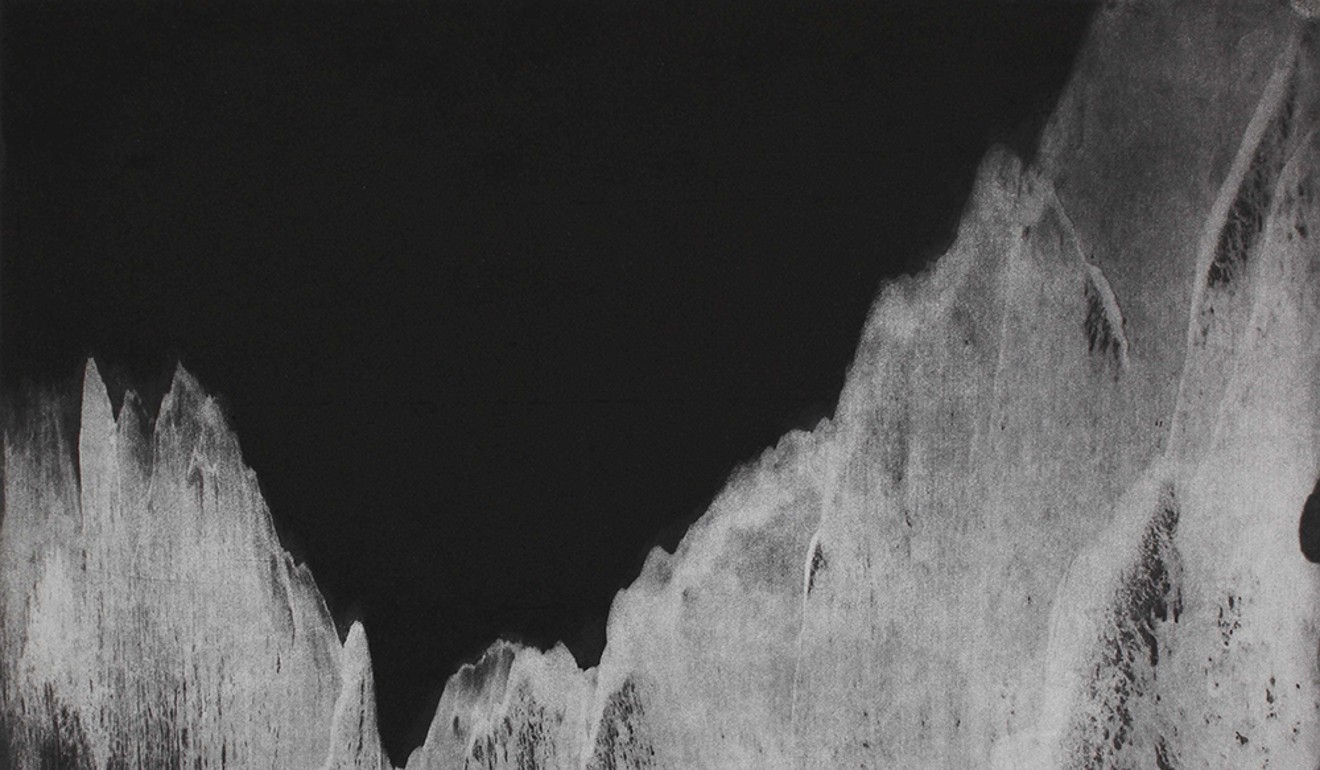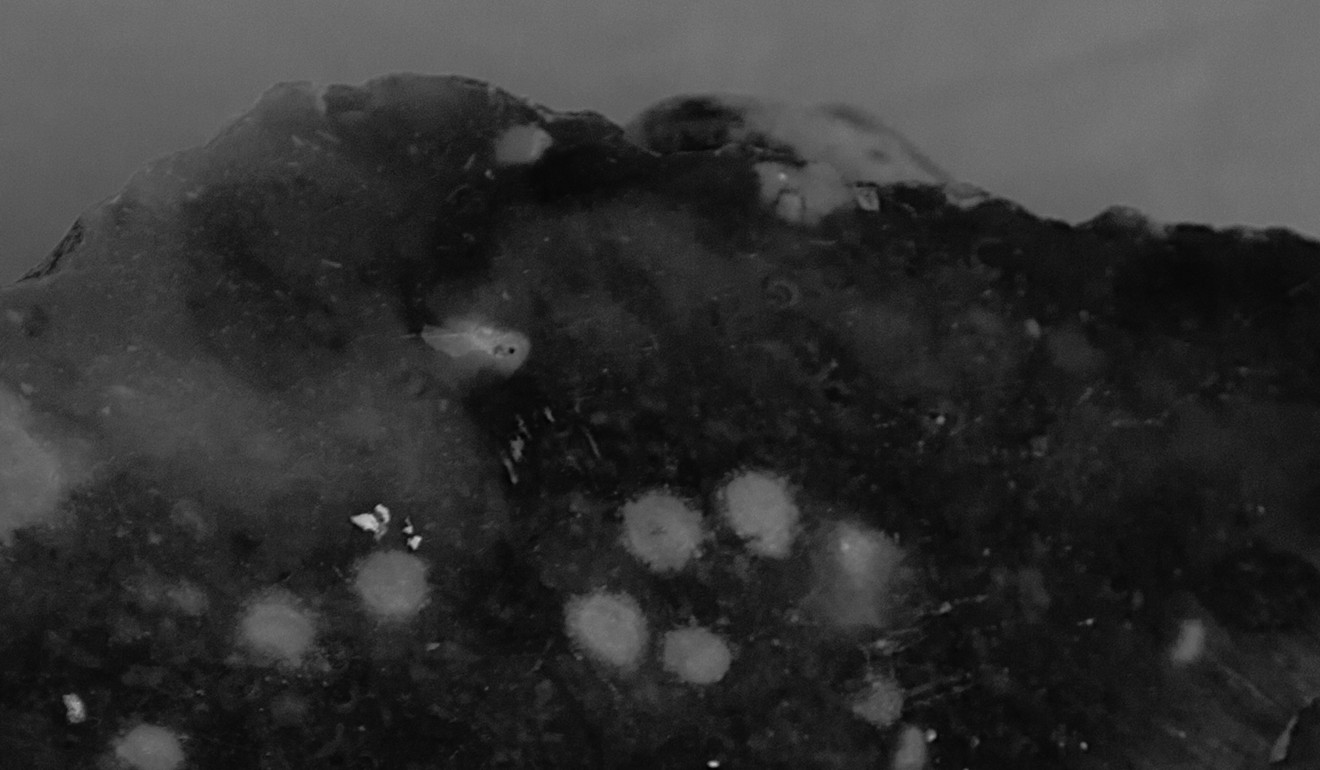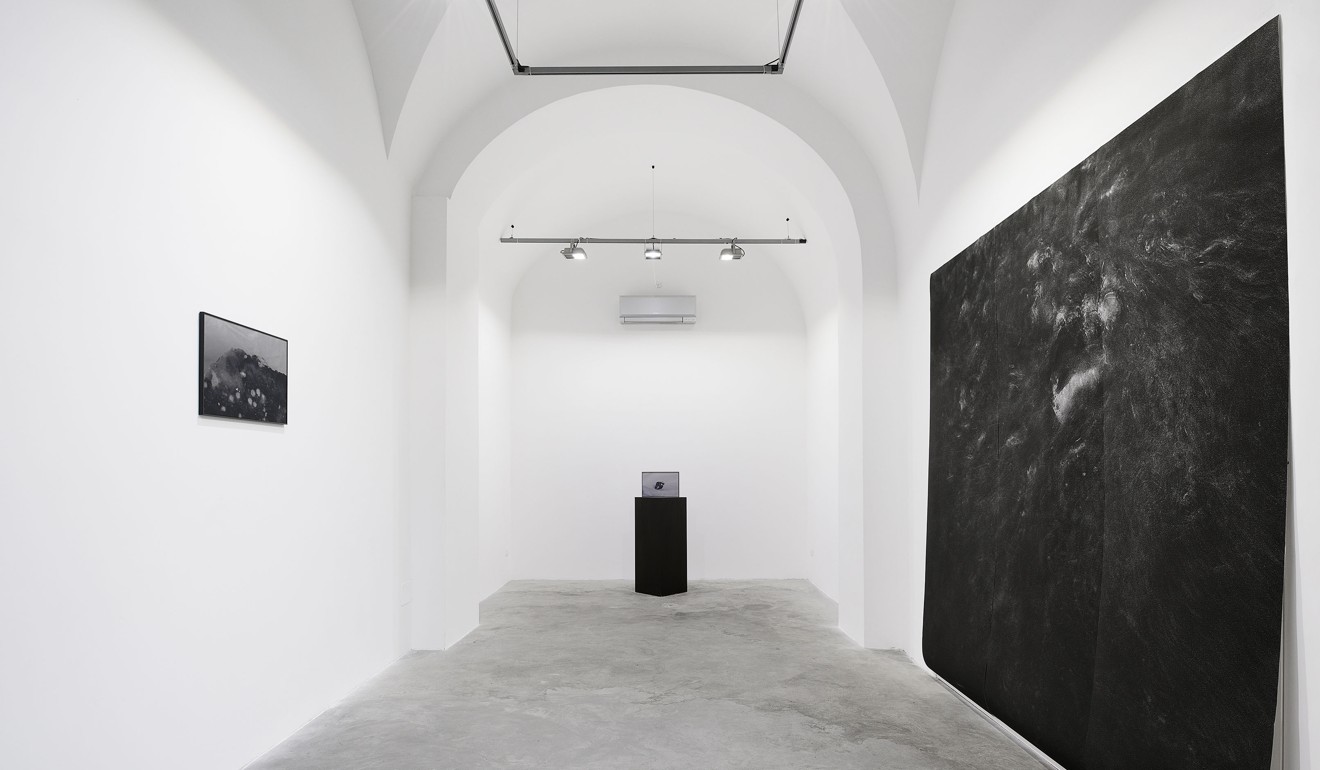
Chen Xiaoyi draws from Western abstract art and Eastern thought to explore the sublime

Chen Xiaoyi is an up and coming contemporary artist who uses a combination of photography and printmaking to create abstract pieces that have been displayed around the world. A Sichuan province native, Chen received a bachelor’s degree in photographic journalism at the University of Leeds in Britain and a master’s in photography from the University of the Arts London. Her work draws on both Eastern and Western influences to achieve a “natural, oriental aesthetic”. The 25-year-old was awarded China’s prestigious Three Shadows Photography Award in 2015.
How did you first get into photography?
When I was twelve I started to play with a camera because of my grandfather. He was an engineer, so he had a lot of these kind of machines. But at that time, I was not really thinking it was going to be my career. I was in Sichuan, which is near Tibet, and we have really high mountains and beautiful landscapes. I loved to hike and to drive a car to these kind of beautiful places. I really loved to be in natural areas and to take photographs when I was a teenager. This became my habit to go everywhere and take my camera with me.

How did your photography develop from this initial interest into a form of artistic expression?
When I applied for my BA at Leeds, I was curious about journalism, and I thought I was going to be a journalist. But then the journalism teacher taught us you need to use photos to tell a story. When I did some of my work, I was bored with this. I don’t want the image just to tell the story. We can use literature, we can use words, we can write, we can talk, so why would we still use images? Images should represent other stuff as well. So that was kind of the beginning. I was thinking about real photography, what is photography? Sometimes we use photography as a kind of accessory of journalism. I was thinking, we need photography to be the subject, the real subject, the main part. You can see from all of my work, it’s all kind of abstract and non-narrative because I don’t want to turn them into a story, I don’t want them to be just surface. I want people to really experience the image, to have a dialogue with the image itself.
How did you start to develop your style, which you say is influenced by Western abstract art and Eastern philosophy?
I grew up in China in a profound Eastern background. I love Buddhism and I love many kinds of mysterious things. It’s something that’s really in your blood. I realised Eastern things really influence me because I love the natural and I believe in the natural order. The dropping of my hair every day, I think, is like a leaf falling from a tree. It’s the same thing, a natural order.
One day, I was tidying up all my films and I discovered something interesting – many of my photos, they were all about tracings, or about abstract things. You can see what’s in your subconscious as we take many photos, but maybe we don’t really pay attention to what we take. When I looked at my films, I realised that I am fascinated by abstract things. I found I value things with abstract themes, so I studied and researched Western abstract art. I found many essays and many articles about how Eastern philosophy influenced Western abstract art.

Can you talk a little bit about your artistic process?
Before I learned printmaking, I worked in the darkroom. The biggest difference is the darkroom is always really dark, but a printmaking studio is really light, so it’s really different environment and you have a different mood. When I started to do printmaking, it was really tiring because you need to stand there and wipe the plates every day. You can be standing for eight hours a day. But during the printmaking process, it’s like you’re running or something. You’re doing something really heavy for your body, but your mind is so free. It’s kind of like meditation.
I really believe in a kind of universal attraction; when you are really thinking about things, they just come to you. When I do my work, I do research, take photos, do many things and I find that everything is connected, which gives me the intuition to carry out the next step.
What kind of message do you hope people will get from your work?
Many of my photos are all abstract, so people will ask me, what’s this? They want to know the object in the image. This is how they understand the photographs – they think if you know the subject in the photo, then you understand what the picture is. But in my work, I don’t want people to explain the work or the image using language. I want people to directly see the photo and directly face the image itself. When people can’t recognise the subject, they feel really unsafe. I think this kind of unsafe feeling is what the [philosopher] Kant called “the sublime”. I think it’s equal to Eastern philosophies because when people are in a natural place they face something bigger than human beings and they feel unsafe. This sense of unsafeness, which is the sublime for the natural [world], is what I want to carry in my images. I want people to find this kind of unsafe feeling in my work.

How do you hope to shape China’s contemporary art scene?
There are not many women artists in China. It’s really hard for young women artists, really hard. The environment, the situation for the arts in China is getting better, but being an artist is still a really tough thing. We need to continue to expand ourselves and continue to expose this world. One thing in China is, because we don’t have too many artists, if you have talent or you’re working really hard, or you have really good ideas, you will have opportunities. We are not in the age of Van Gogh when you would be poor or have no one recognise you your whole life. But for women artists, it’s still really hard because we’re not working as normal people do, and as a woman artist you will be under more pressure. We need to find our tempo and we need to find our timing. I’m always working until midnight. I do my art work and think about art every day, but I still need to have a daily life. Sometimes, daily life is the most difficult part for me. When I do my art, it solves the problems of my daily life. Every time things feel tough and I ask myself why I’m living in this world, it’smotivation to do my artwork, which also questions how I live or why I’m living, or how I’m going to live. Art is kind of a weapon to me.